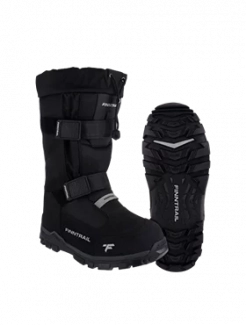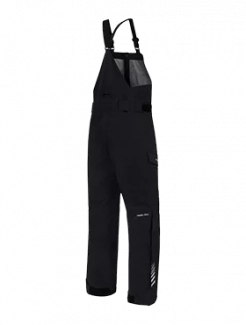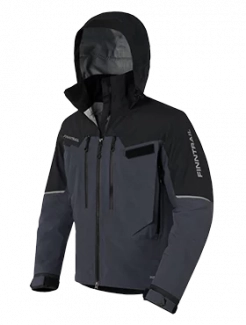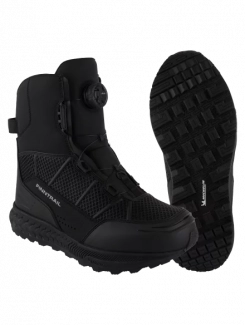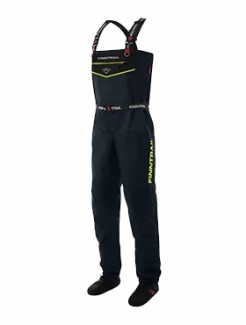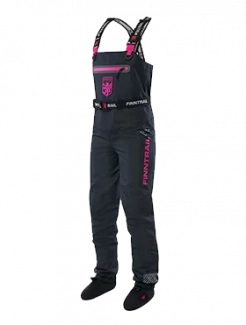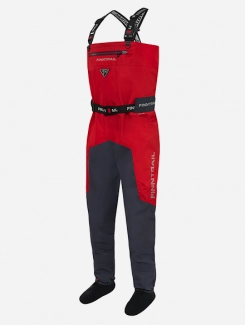How to Make Your UTV Fuel Efficient
Fuel is an important cost for your ATV. With increasing fuel prices, your UTV is costing you more to run. Despite being a powerful workhorse and full of entertainment UTVs do use a lot of fuel. Here are ways to make your UTV have better fuel economy.

Remove Weight
The less load on your UTV, the better fuel economy it has. Taking off unnecessary gear and supplies will do a lot in improving your fuel economy. Also adding passengers and aftermarket accessories add to the weight of your UTV, using more fuel.
Brake Carefully
The less you brake, the less you need to use power to get back up to speed. Taking your foot off the gas instead slows you down naturally and only brake when really necessary to improve coasting and therefore fuel economy.
Check Tires
The quality of the tires and their condition play a huge role in fuel economy. Worn tread or under inflation results in less grip and more power needed from the engine to move you along. Check your tires before every ride and adjust the pressures for the type of terrain you are travelling on. Low pressures can be dangerous when driving fast and increases the risk of a puncture and blow out which compromises on safety and fuel economy. The lug nuts should also be checked here for tightness.
Check Fuel System
If a UTV is left in storage for a few months. The quality fuel that is used nowadays breaks down much quicker than fuel from 30 years ago. Meaning it clogs up fuel lines and carburetors. Before you start your UTV after a winter break check the condition of the fuel. Alternative options include fuel additives that keep your fuel in stable condition for up to two years, with some promising better fuel economy too.
Maintain the Battery
Battery systems run the fuel and electronic systems and without a functioning battery these systems might have to estimate on fuel delivery and leave you with poor economy. Using a trickle charger or tender for extended vehicle storage is the solution. Tenders are installed in a matter of minutes and is just a third of the price of a new battery. If the battery has been left alone during winter, it will need a boost before you start up your UTV again.
Corrosion builds up on the terminals and needs to be cleaned off. For batteries that can be serviced, adding distilled water to cells that need topping up helps out. Charge whilst it is disconnected from the vehicle and at the slowest option / lowest current you can with your trickle charger.
Basic Upkeep
The longer left in storage, the more that can go wrong with your UTV fuel and other fluids. Before beginning a new riding session check the oil. If it’s in poor condition (i.e., black), change it. If it is low, then simply top it up. Making sure you use correct grade and type of oil for your UTV – check the user manual if you are unsure.
Air Filters are important serviceable items too. If yours can be serviced, ensure it’s clean and re-oiled. If it is a paper air filter, then use compressed air to clear it out or replace it altogether.
UTVs that are chain driven require lubrication and careful maintenance. Cleaning out the CVT cover and surrounding area from damp or dust. The CVT belt would be handy to also check here. Along with CV boots, to see if any cracks or holes have appeared – replace if you find them.
Check and top up all fluids too. The brake master cylinder reservoir, coolant tanks, front and rear differentials, and transmission fluid. The fittings around your suspension mounts also could be injected with some grease for better operation and improve your UTV fuel economy.
Improve Aero
UTVs face the same drag issues as airplanes and automobiles. The smaller and compact shape of your UTV, the better it deals with airflow. Quicker UTVs are designed to be low slung and shorter. Exterior body panels shaped in a way to glide through the air more efficiently too to aid in fuel economy. Taking these into effect on your UTV could drastically improve fuel economy. Or, if you are buying a UTV and don’t need one that can tackle the toughest terrains, these types of vehicles will suit better for fuel economy.
Look at Terrains
Simply put, the harsher and steeper you drive over, the more fuel your UTV will use. Despite their incredible capability, UTVs still need sufficient power to get over rough surfaces. Muddy tracks have clumpy surfaces that leave a deposit on your UTV tires, slowing them down and needing more power to get through them. Smooth trails are much favorable to tires and your fuel economy.
When searching for your next UTV or fishing yours out after being in storage for a while, take these into consideration when working out the fuel economy. As buying a powerful, lightweight machine is important, compare the fuel economy ratings too.


